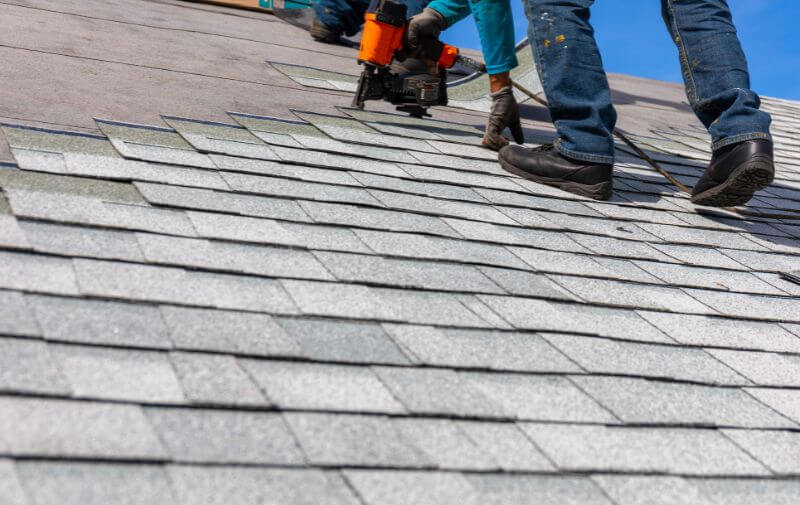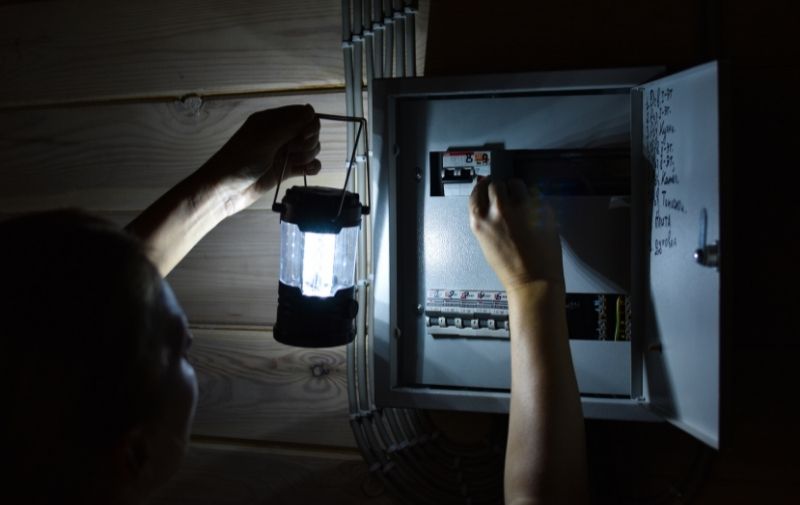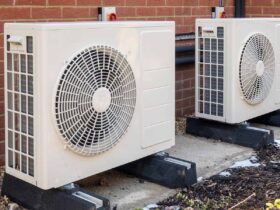When you know how a garage door works, it’s easier to understand what is wrong with it and when to call a repair technician. Industrial Door Solution, explains the parts and operations of a garage door.
Anatomy Of A Garage Door
Your garage door protects your home and property from theft, weather conditions, and animals and is a vital component of your home’s energy efficiency. Many different parts work together to do all of these things for you. Understanding the parts and operations of your garage door system can help you identify problems early on so that you can call a garage door specialist.
The Garage Door
The garage door has panels, a lock, and sometimes has windows. Garage doors can be made of wood, steel, vinyl fiberglass, or aluminum. Steel is one of the most popular garage door materials because it is durable, requires very little maintenance, and can come in just about any style that you’d want. On either end of the panels are rollers.

Rollers And Tracks
Along either side of your door are circular rollers that move along a track to smoothly open and close your door in a controlled motion. The two most common types of rollers are made of steel or nylon. Nylon makes for a quieter door operation. Rollers need to be lubricated and kept clean to roll easily along the track. Dirt, tiny stones, or debris can get in the way and cause rollers to slide or lock up or make unpleasant noises. When your garage door is making an annoying grinding sound while the door is operating, call a garage door installation and maintenance company. Roller damage can strain your garage door tracks and opener.
Opener
The garage door opener is a motorized device that opens and closes the garage door and is usually found overhead in a box shape. It also has a receiver and lights. The motor inside moves a trolley that causes the door to go up and down. There are three types of garage door openers:
- Chain drive openers: Most popular for residential garage doors because of their low price but are louder than other types.
- Belt drive openers: Uses a rubber belt to slide the trolley, causing less vibration. They are much quieter and require less maintenance than chain drive openers.
- Screw drive openers: A threaded steel rod moves the trolley. Because there are fewer parts, it requires less maintenance.

Trolley
The trolley is the rail that connects the opener to the door and is usually found directly overhead.
Springs
Most garage doors have either a torsion spring system, which is the most popular one, or an extension spring system. They are found directly overhead on either side of the trolley. They counterbalance the weight of the garage door, which is why they can be dangerous to fix on your own.
J Hook
Considered the “arm” of the door, this part does the actual lifting when the door is engaged. Usually made of steel, J hooks connect the trolley to the top panel of your door.
Opening And Closing Your Garage Door
When you press the button to operate your garage door, a signal is sent to a receiver on the opener. The torsion springs do the heavy lifting, while the J hook helps pull the panels up and back, following the path of the tracks and sliding back on the trolley. The rollers within the track make the journey smooth, while either a chain or belt rolls to help the door follow a smooth motion. The door will move smoothly unless there is a malfunction somewhere or if the safety sensor is triggered, which prevents the door from closing on a person, animal, or property.
Call A Garage Door Professional When You Need Repairs
Repairing your garage door can be very dangerous, so you should hire a local professional garage door installation and maintenance technician with the right tools, who follows the safest procedures. Garage door torsion springs are under constant tension, and doing the work improperly could cause them to suddenly fail and break apart. The resulting injuries can be catastrophic or could even lead to death. Approximately 2,000 people are crushed every year under garage doors, and 7,500 are pinched while the garage door is operating, according to the National Electronic Injury Surveillance System (NEISS). When the work is done with care and precision by an experienced professional, however, then your garage door can be fixed quickly and safely.






















Leave a Reply